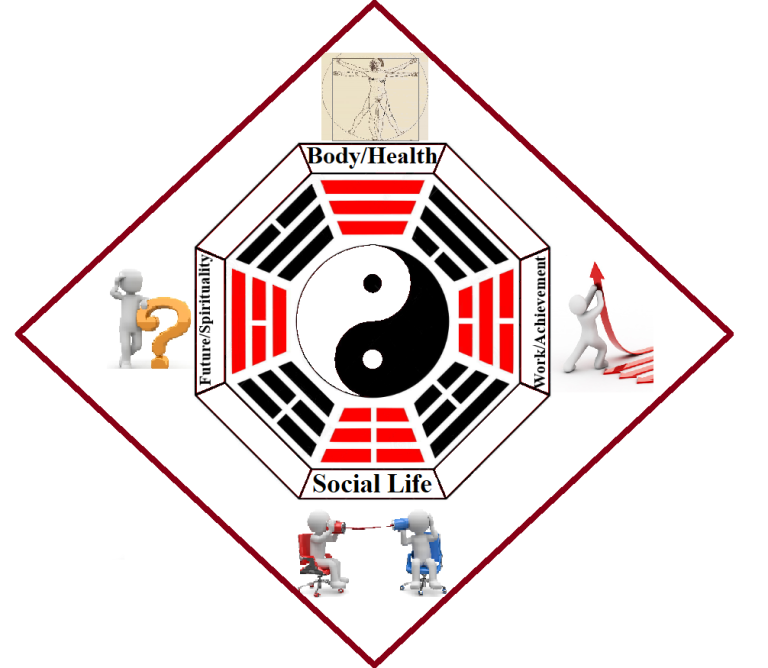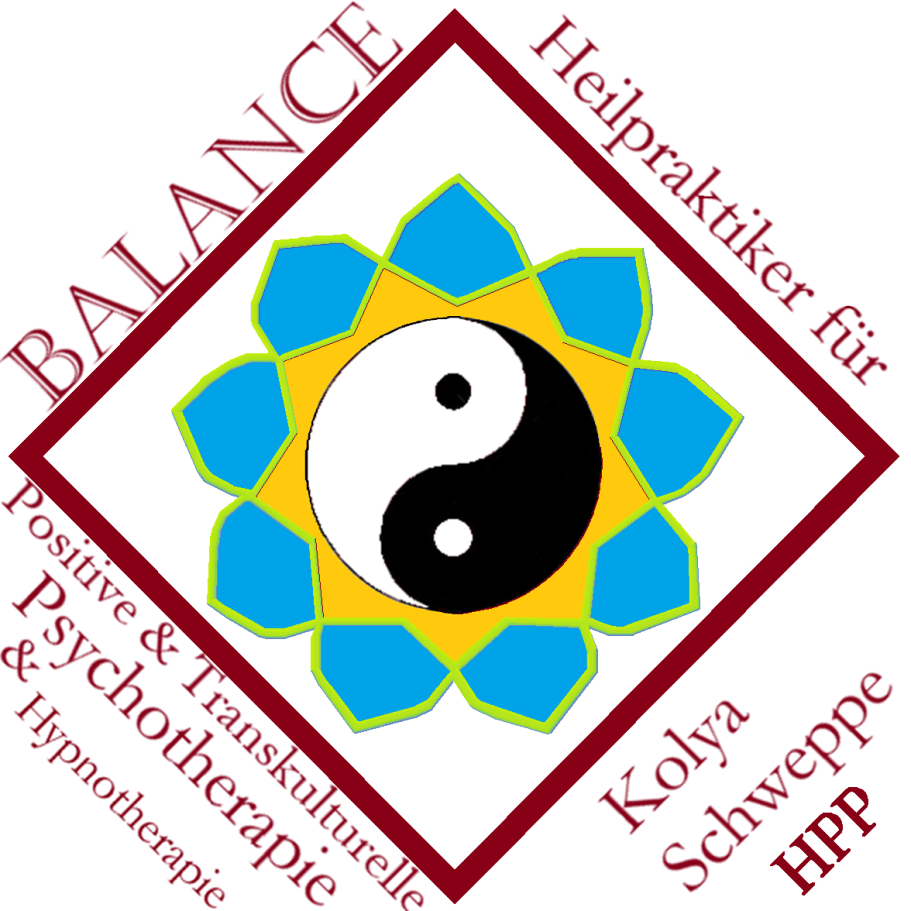Positive and Transcultural Psychotherapy
(according to N. Peseschkian)
“The pessimist always sees the problem in the opportunity; the optimist the opportunity in the problem.” – Nossrat Peseschkian
“Knowing others is intelligence; knowing yourself is true wisdom. Mastering others is strength; mastering yourself is true power...”
“...Be content with what you have; rejoice in the way things are. When you realize there is nothing lacking, the entire world belongs to you.”
-- Laozi/Lao Tzu/老子


Positive Psychotherapy -
a Short Summary
Positive psychotherapy is one of the humanistic psychodynamic psychotherapies. Until 1977, it was still referred to as "differentiation analysis". Nossrat Peseschkian himself defined his method as "a psychotherapy method based on depth psychology from a transcultural point of view with new techniques, in the sense of a conflict-centered and resource-oriented short-term psychotherapy".
In summary, it is a comprehensible, easy-to-use, conflict-centered and resource-oriented short-term psychotherapy that can be easily applied in everyday clinical practice, conveys psychosomatic concepts in an understandable and humane way and at the same time provides a tool for self-help.
Another aim is to ensure that the method can be used across cultures and social classes. It is based on transcultural observations in over twenty cultures, which ultimately led to the development of this method.
The three main principles of positive psychotherapy are the positive (principle of hope), the content (principle of balance) and the strategic approach (principle of consultation).
picture source: https://www.positum.org/history/
The Principle of Hope
(The Positive Image of Man).
“The real voyage of discovery consists not in seeing new sights, but in looking with new eyes.” - Marcel Proust (in Living a Fulfilled Life von Dr. Richard-Christian Werringloer)
The principle of hope means trying to see a disorder in its broader context, to understand its meaning, and to address its positive aspects.
Accordingly, illness is reinterpreted. Examples:
*Depression is the ability to respond to conflict with the deepest emotionality.
*Panic attacks are the signals of your inner alarm system wanting to warn you that something is going wrong in your life.
*Anorexia is the ability to get by with little food and to identify with the hunger of the world.
By doing this, a change of location occurs. Illnesses thus have a symbolic function that therapist and client must first recognize together. The client learns that his symptoms and complaints are signals to bring his four areas of life into a new balance.

The Principle of Balance:
conflict dynamics and conflict content
Despite cultural and social differences and the uniqueness of each person, it can be observed that all people resort to typical forms of conflict management that focus on four areas of life when coping with their problems. The 4 areas of life (Body/Health; Work/ Achievement; Social Life; Future/ Spirituality) complement each other. A one-sided, chronic overemphasis on one area of life inevitably leads to problems in other, equally important areas. Temporarily there can be an overemphasis, but not permanently. If areas of life are unilaterally emphasized over a longer period of time, your life gets out of balance.
Despite cultural and social differences and the uniqueness of each person, it can be observed that all people resort to typical forms of conflict processing when coping with their problems.
When we are distressed by stressors or microtraumatization, we can express our conflict situation in four typical forms of conflict processing.
"If you're serious about changing your life, you'll find a way. If you're not, you'll find an excuse." - Jen Sincero (quoted in Living a Fulfilled Life by Dr. Richard-Christian Werringloer)
Actual skills (activating resources)
The conflict content (e.g. punctuality, cleanliness, orderliness, politeness, trust, time, patience) is described by primary and secondary skills based on the basic skills of love ability and knowledge ability. This can also be understood as a differentiation of the content of Freud's classical instance model.
The principle of counseling:
The five stages of therapy and self-help
The five stages represent a concept of Positive Psychotherapy within which therapy and self-help are closely related. The patient and his relatives are informed together about his illness and individual ways out:
in Figure 5 Stages:
Stage 1: Observation, distancing (perceptiveness: the ability to express wishes and problems)
Stage 2: Inventory (cognitive ability: events in the last 5-10 years)
Stage 3: Situational encouragement (self-help and resource activation of the patient: the ability to make use of healthy parts and successes in previous conflict processing)
Stage 4: Verbalization (communicative skills: the ability to express outstanding conflicts and problems in the four qualities of life)
Stage 5: goal expansion (ethical and moral abilities of the patient for the future: the question: "What to do when you have no more complaints and problems, - what are your goals for the next 3-5 years?")
"A healthy person is not the one who has no problems, but the one who can flexibly deal with the unexpected problems of life." - (N. Peseschkian)
Main areas of application:
Couple counseling, family counseling
Conflict counseling,
Fears, panic attacks,
Burn-out counseling,
Stress management,
Depression.
REFERENCES
Remmers, A., Peseschkian, H. (2013). Positive Psychotherapie. (German edition). Ernst Reinhardt Verlag, München.

© Urheberrecht. Alle Rechte vorbehalten.
Wir benötigen Ihre Zustimmung zum Laden der Übersetzungen
Wir nutzen einen Drittanbieter-Service, um den Inhalt der Website zu übersetzen, der möglicherweise Daten über Ihre Aktivitäten sammelt. Bitte überprüfen Sie die Details in der Datenschutzerklärung und akzeptieren Sie den Dienst, um die Übersetzungen zu sehen.
